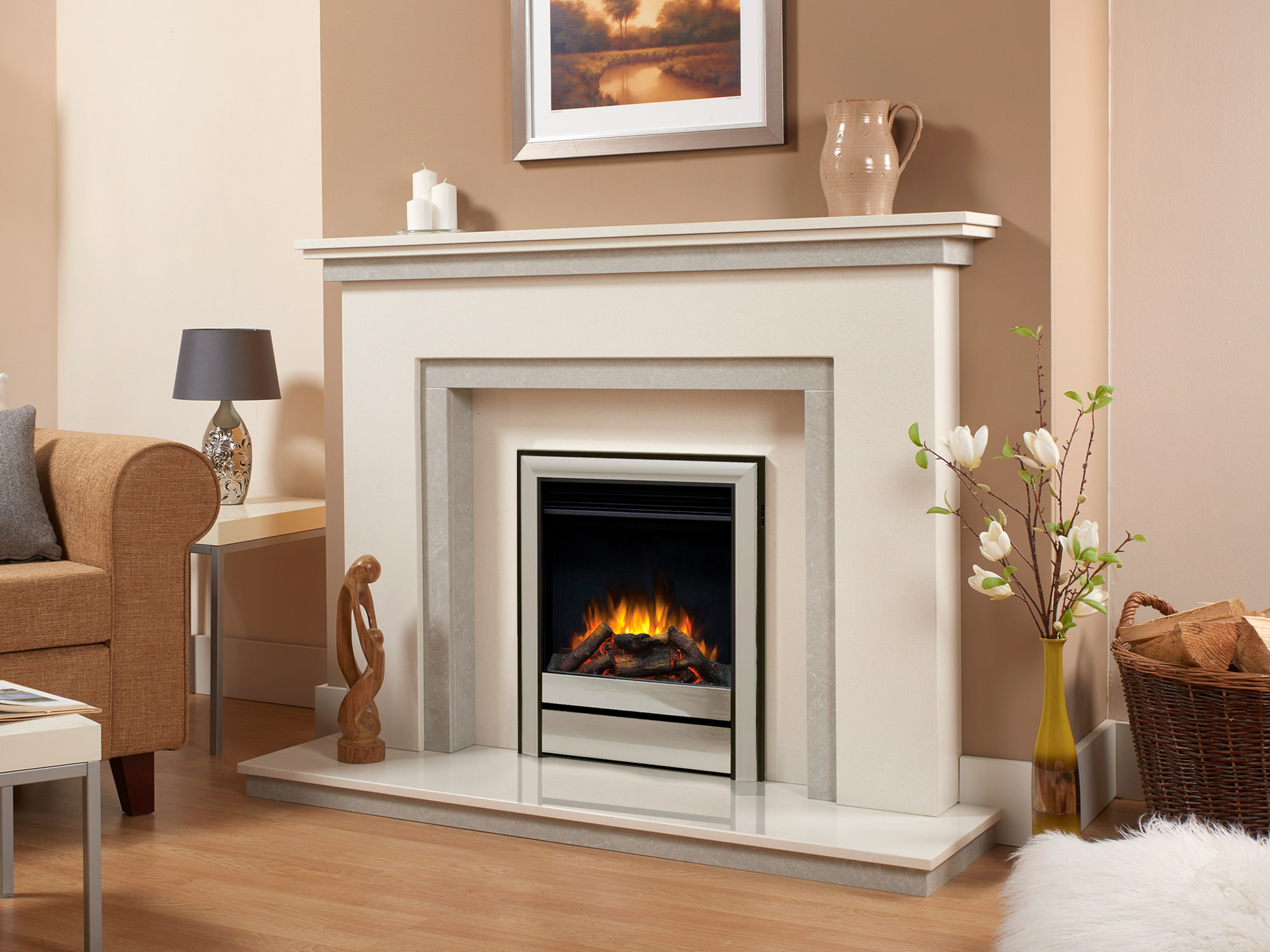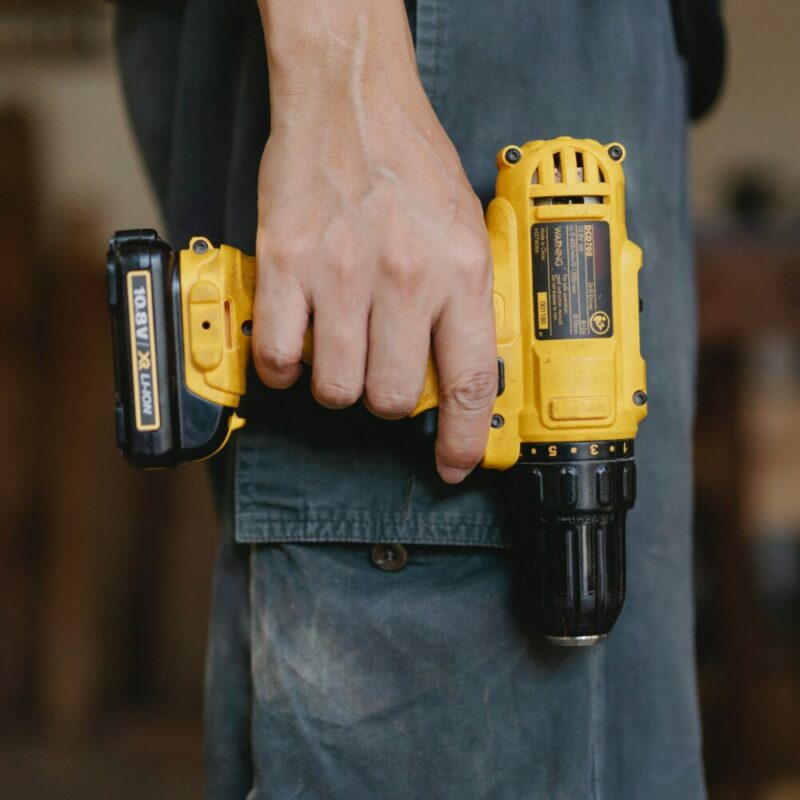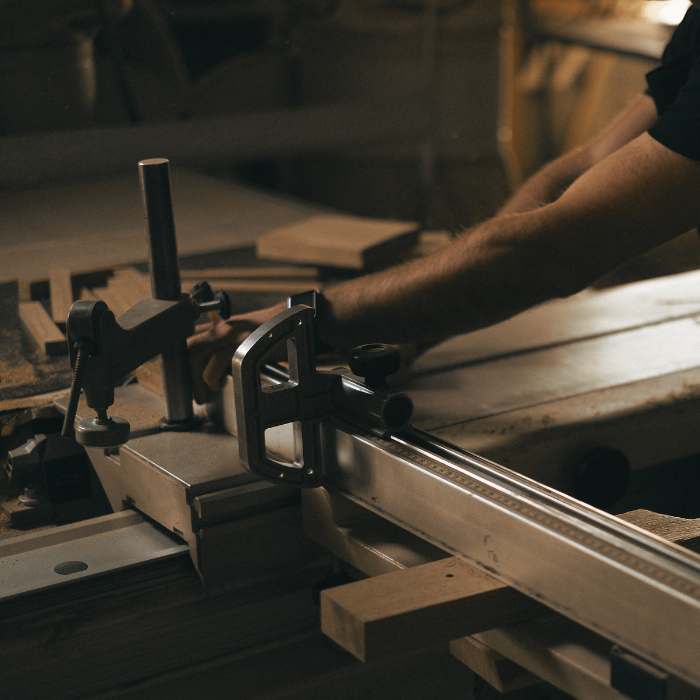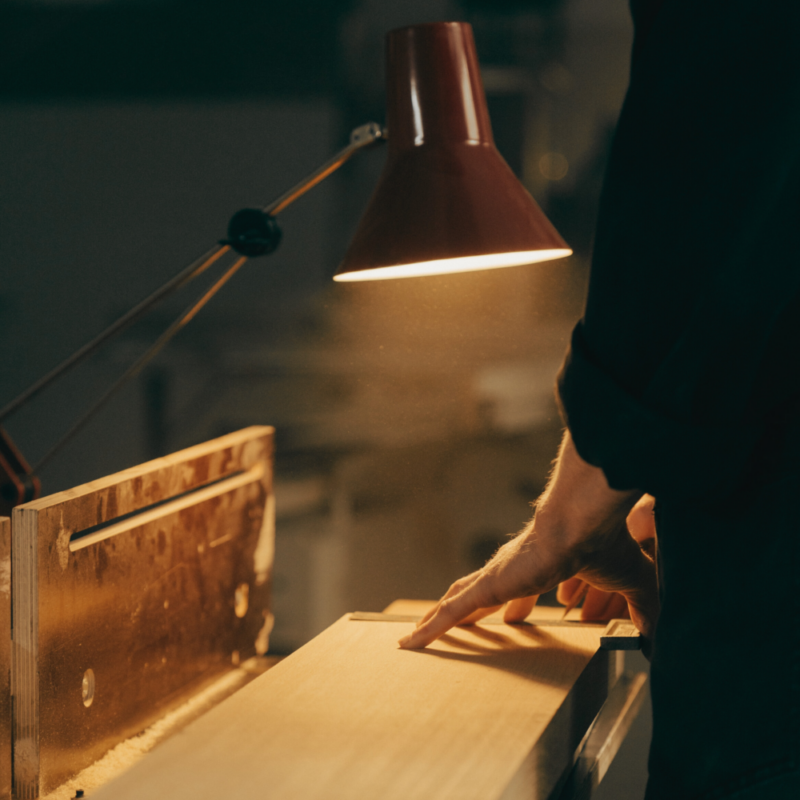This article will cover the following points:
-
Chimney Size, cross section and typically used heating appliances.
-
The Effective Useable Area or Cross Section of Square, Rectangle and Round Flues and Chimneys
-
Square Chimney Size, cross section and typically used heating appliances.
This article is not intended for the professional chimney sweep or fire and stove fitter but is intended to furnish the lay person with a basic understanding to the importance of the role a chimney and flue plays in the safe and efficient selection and use of an open fire, wood burning stove or fossil fuelled heating appliance. Chimneys and flues not unlike people come in all different shapes and sizes and unlike people are constructed in either metal or masonry. Each size and shape of a chimney or flue has a specific useable area, its cross section. A chimneys ability to evacuate smoke and unfortunately heat is directly related to its shape and size. Table 1 shows common chimney and flue sizes, and the cross section in square inches and the types of heating appliances associated with these chimney or flue sizes.
Table 1 Chimney Size, cross section and typically used heating appliances.
|
Chimney or Flu Size (Inches) |
Cross Section Inches2 |
Typical Appliances. |
|
6” Inside Diameter |
28.3 |
Stoves, Central Heating Appliances |
|
7” Inside Diameter |
38.5 |
Stoves, Central Heating Appliances |
|
8” Inside Diameter |
50.3 |
Stoves, Small Open Fires, Central Heating Appliances |
|
10” Inside Diameter |
78.6. |
Stoves, Small Open Fires, Central Heating Appliances |
|
12” Inside Diameter |
113 |
Large Open Fires and Central Heating Appliances |
Please note the exponential growth between the inside diameter and the cross section of the chimney or flue. A two inch increase in diameter from six inches to eight inches in effect practically doubles the cross section or usable area of the chimney. Smoke rises in a circular motion, this has implications of the cross section of square or rectangular chimneys. See Fig 1.
Fig 1. The Effective Useable Area or Cross Section of Square, Rectangle and Round Flues and Chimneys
Correspondingly Table 2 shows Common Square and rectangular chimney and flue sizes, the cross section in square inches and the types of heating appliances associated with these chimney or flue sizes.
Table 2: Square Chimney Size, cross section and typically used heating appliances.
|
Chimney or Flu Size (Inches) |
Cross Section Inches2 |
Typical Appliances. |
|
7.5 X 7.5 |
31 |
Stoves, Central Heating Appliances |
|
8.5 x 8.5 |
41 |
Stoves, Central Heating Appliances |
|
8.5 X 13 |
70 |
Stoves, Open Fires, Central Heating Appliances |
|
13 X 13 |
99 |
Open Fires |
|
13 X 18 |
156 |
Open Fires |
Increasing numbers of households are opening up old fireplaces to either fit log burning, multi fuel stoves or reinstall open fires it is important that the fireplace opening or stove flue is correctly calculated to the chimney size. For open fires the general rule is 1:8 ratios. For a square chimney where the internal flue dimensions are 10 inches by 10 inches then the cross flow is (10×10 = 100) 100 square inches. By applying the 1:8 ratio (100×8 = 800) indicates the fireplace aperture should be 800 square inches. For round flues you will need to use pi (3.14) to work out the square area of a circle Area= pi x r2. For example if the diameter of the flue is 8 inches, half the diameter to get the radius (4 inches) then use the pi formula Area = 3.14 (4 x 4) = 50.24 square inches apply the 1:8 ratio (50.24 x 8 = 50.24) and hey presto the fire aperture should be 401.92 square inches.
The 1:8 ratios is not a fool proof method to calculate fire aperture sizes although it does offer a starting point for chimney design and fire design. It can also be used as a diagnostic tool if things are going wrong. You may need to take into consideration the height of the chimney and the temperature within the chimney. If a chimney is short and runs cold then a ratio of 1:7 may be better suited to calculate fire aperture size or conversely if the chimney run internally within the house and is very tall a ratio of 1:9 may be more than adequate.
In the case of log burners and multi fuel stoves do not take it as written that the flue collar outlet of the stove should match the flue size of the chimney. It is always best to contact the stove manufacturer for their advice, if this fails you can fall back on the 1:8 ratio. If your chimney cross section is three times the area of the flue outlet of the stove you may hit problems of excess cooling of the smoke, poor draft and creosoting of the chimney. These problems can be easily remedied with the fitting of a smaller cross section chimney lining.
As indicated this article is to offer the lay person an insight into chimney sizes, stove and fire sizes we can not stress enough professional advice from either a HETAS registered fire fitter or a chat with your locally qualified chimney sweep (National Association of Chimney Sweeps [NACS], Guild of Master Chimney Sweeps, The Association of Professional and Independent Chimney Sweeps [APICS] is a good place to start. In the case of gas stoves or fires do ensure the fire or stove fitter is GAS SAFE registered. Much of the work relating to chimneys, fire places and stove fitting are governed by building regulations to ensure you have a safe and warm home to live in and enjoy. By consulting the experts this leaves you free and with the peace of mind to concentrate on the more pleasurable aspects of the aesthetics of the architectural features of the stove and the variety of oak, stone, and cast iron fire surrounds and mantels you want to install and relish in your home.











